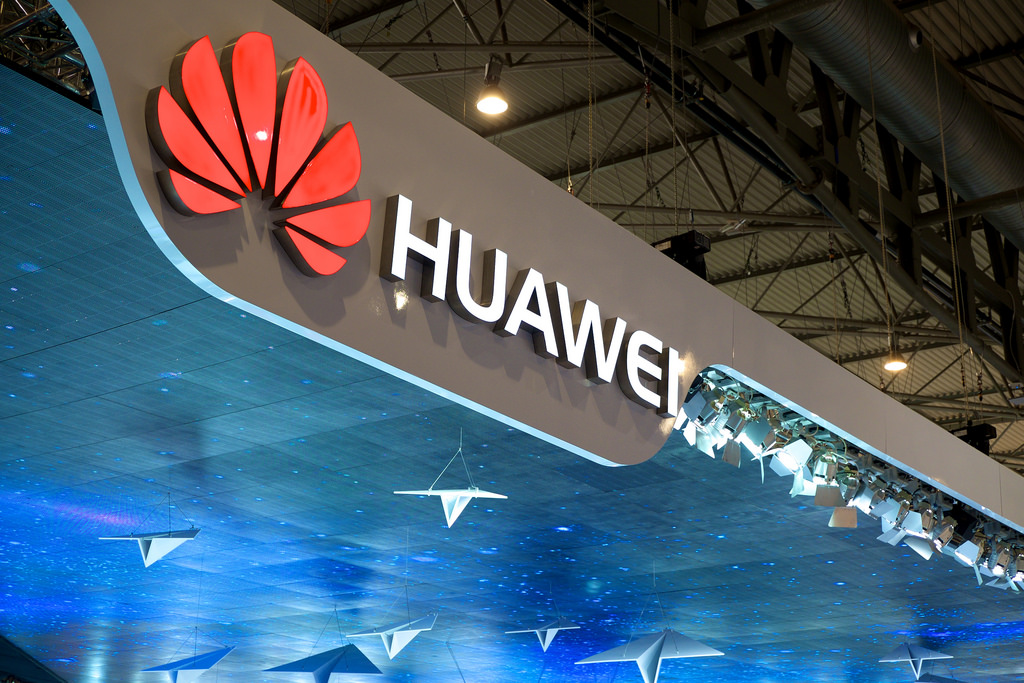 APPS
APPS
 APPS
APPS
 APPS
APPS
Chinese networking giant Huawei Technologies Co. Ltd. today officially revealed its new mobile operating system, HarmonyOS, known in China as HongmengOS.
The announcement by Richard Yu, the company’s division chief executive, follows months of problems for the Chinese company after U.S. lawmakers targeted the company with a ban on its technology. U.S. companies such as Android mobile operating software provider Google LLC reportedly have begun to withdraw support for Huawei’s products.
In May, the U.S. placed Huawei on a blacklist, known as the Entity List, which restricts some U.S. companies from selling products to the Chinese company. That led Google to its decision to withdraw, but days later a reprieve came down that allowed Google to continue to work with Huawei for 90 days.
News of the ban led the Huawei to announce that it had its own OS in the works for products and internet of things “smart” devices. According to the Chinese company, if it cannot use Android in its devices, it would be ready to switch to an OS, which it claimed would be 60 percent faster than Google’s OS.
“If we cannot use it [Android] in the future, we can immediately switch to HarmonyOS,” Yu said during the Huawei Developer’s Conference today. The objective of HarmonyOS is to provide a cross-device platform that can run on anything Android or Windows Mobile would support.
The OS is open-source software, which means other technology makers could adapt it to run on their own devices. It also means that Huawei could reach out to a large audience of developers who could begin making apps to run on its devices immediately. That could give the OS the traction it needs to enter into the market where Google’s Android and Apple’s iOS already dominate.
“A modularized HarmonyOS can be nested to adapt flexibly to any device to create a seamless cross-device experience,” the company said via a statement on Twitter. “Developed via the distributed capability kit, it builds the foundation of a shared developer ecosystem.”
Yu said the company intends to keep Android for smartphones, but if the company cannot continue to use the OS, it can swiftly switch completely over to HarmonyOS instead. “We will prioritize Android for smartphones, but if we can’t use Android, we will be able to install HarmonyOS quickly,” Yu said.
HarmonyOS will become generally available for developers later this year for smart screen devices, according to Yu. This means that it would start appearing in the company’s software would appear in TVs, smart watches and in-vehicle infotainment systems first. According to the company, the OS will first appear only for products destined for Chinese audiences.
In the next three years, the company said it would officially bring the OS to its prominent line of smartphones. Such a smartphone could appear much earlier, however. Huawei is reportedly working on a low-cost smartphone running on HarmonyOS for release later this year — probably in preparation for the reinstatement of the technology ban by the U.S.
“I think Huawei is undercommunicating the work it will take to make this successful,” Patrick Moorhead, president and principal analyst at Moor Insights & Strategy, told SiliconANGLE. “Most every Android app writes to specific Android application interfaces, so any code that touches cameras, fingerprint readers, augmented reality cameras, microphones, proximity sensors and even privacy and security standards must be altered. Huawei can likely get Chinese developers to make these changes, but it’s highly unlikely that any other developers will.”
Huawei has already begun to feel the squeeze from the ban, leading the company to lay off more than 600 employees from its research and development arm in the U.S.
Other companies such as Qualcomm Technologies Inc. have seen losses as a result of the ban. Qualcomm joined Intel Corp., Broadcom Inc. and Xilinx Inc. in reportedly lobbying the U.S. government to lift the ban on the company’s technology.
Although it’s not clear where the technology ban will lead going forward, it’s apparent that HarmonyOS will be appearing in Huawei products in the coming years. The depth of its penetration into the company’s products, however, will be determined by its access to Android and Windows mobile OS going forward.
THANK YOU